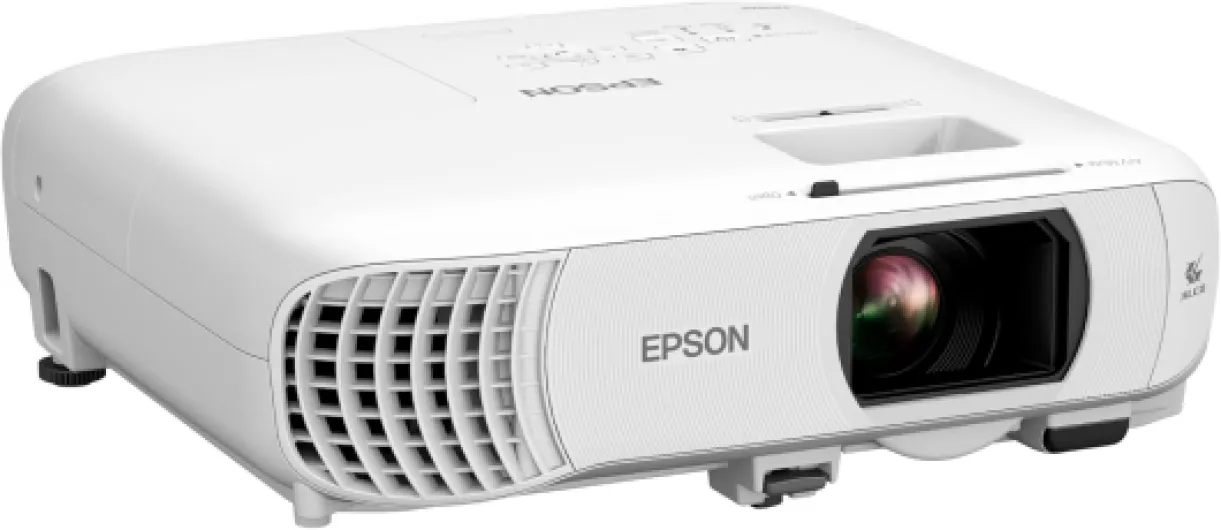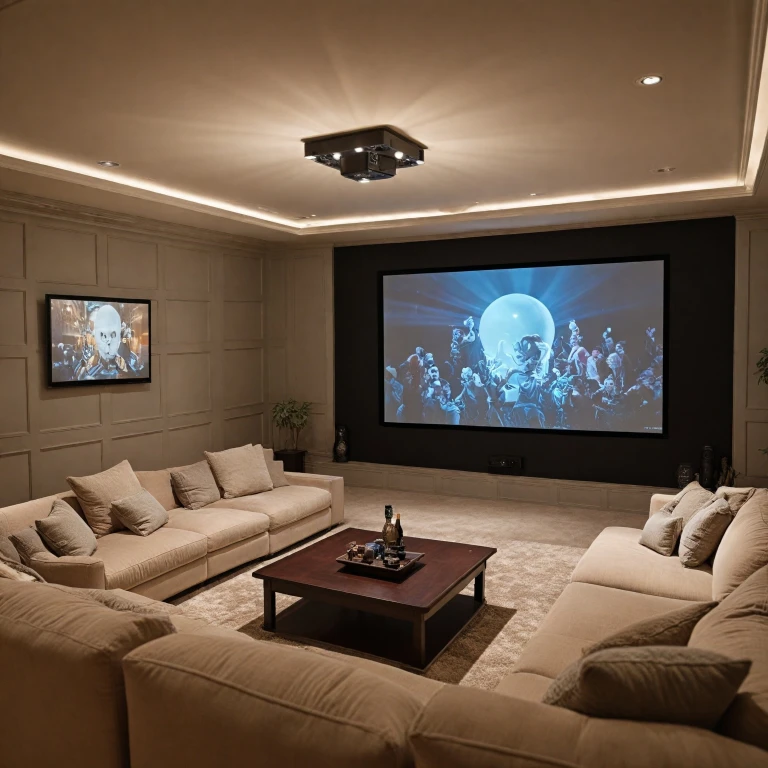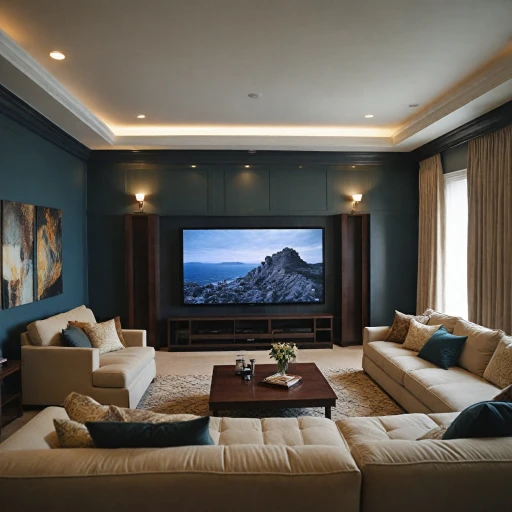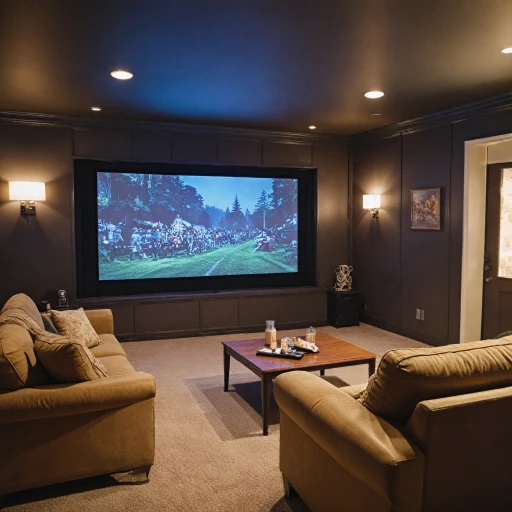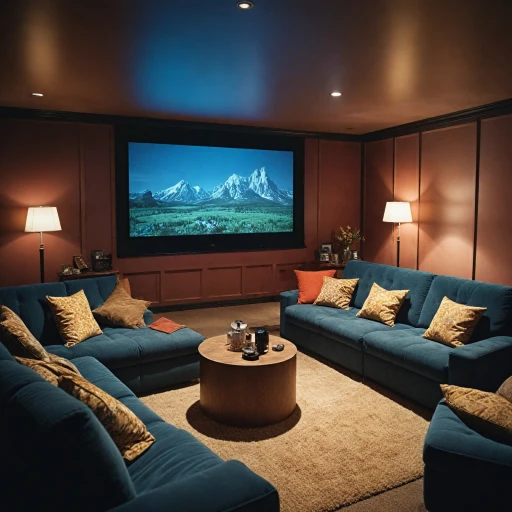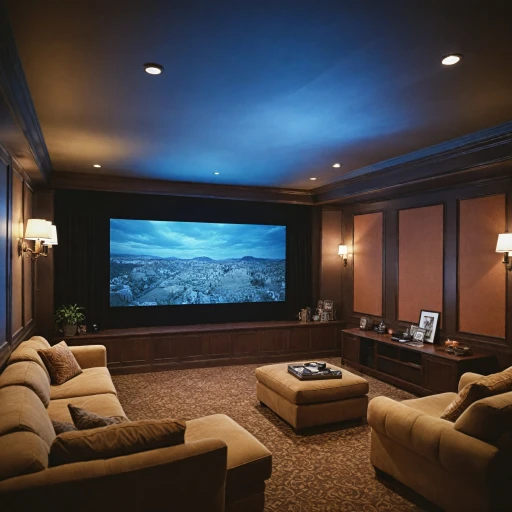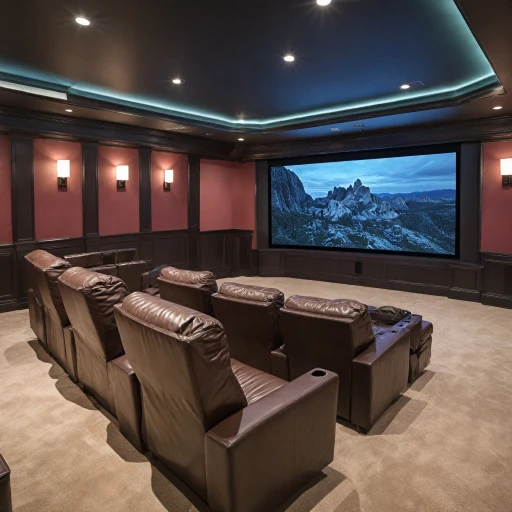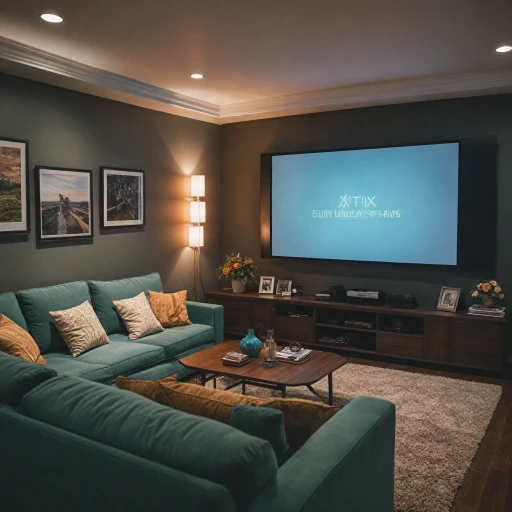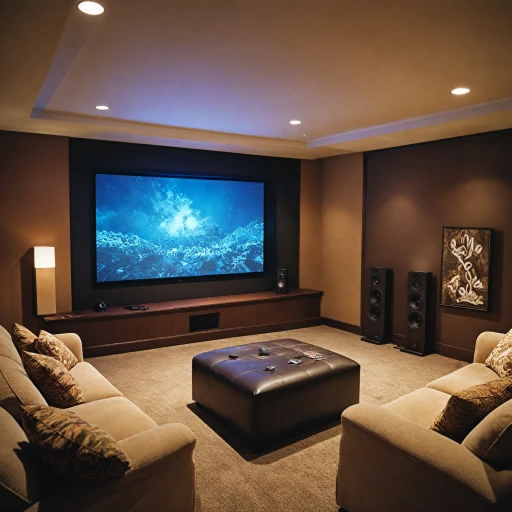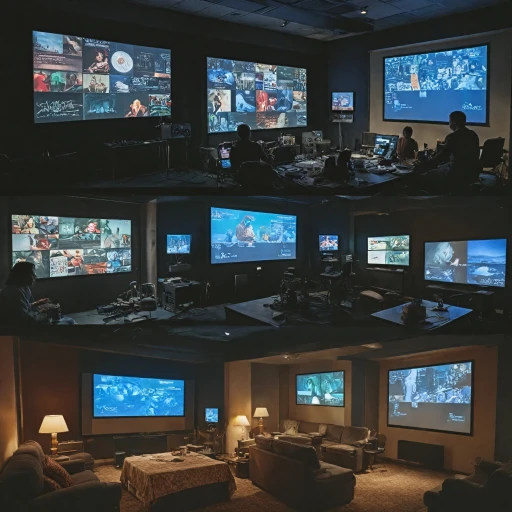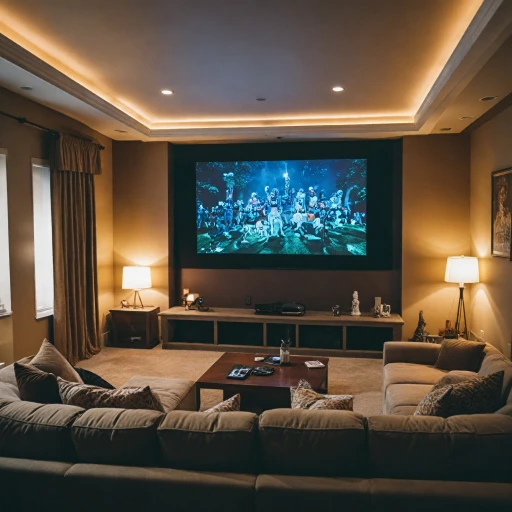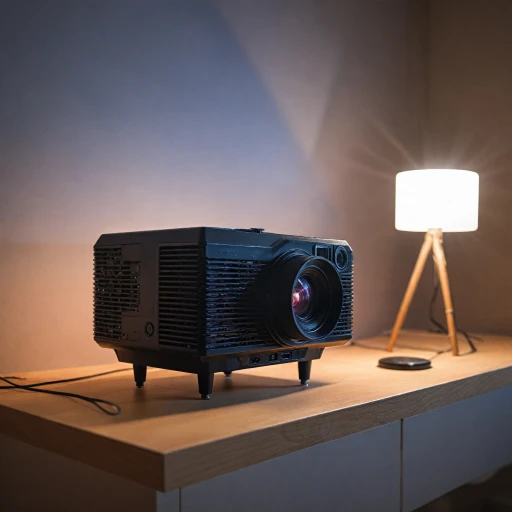
Understanding Projector Technologies
Exploring the Intricacies of Projector Technologies
When delving into the world of home theater setups, understanding the technologies behind projectors is crucial for making an informed choice. You may be intrigued by terms like laser or bulb projectors—often referred to as lamp projectors—and understanding these light sources is your first step in choosing the right fit for your needs. Laser projectors, for instance, are heralded for using a solid state light source, which typically means an RGB laser or a laser phosphor system. This allows for greater color accuracy and a wider color gamut compared to traditional projection methods. Such precision offers a rich viewing experience, highlighted by impressive brightness and striking contrast ratios. The LED laser and RGB laser options further add versatility, catering to viewers who prioritize true-to-life colors on the screen. On the other side of the spectrum, we have the reliable and well-established lamp projectors. These projectors utilize a bulb as the primary light source and are known for their initial lower cost. However, over time, maintenance costs can add up, especially as the lamp ages and needs replacement. Typically, lamp projectors are rated by lumens to describe their brightness levels, and higher lumens can help achieve a clearer image in various lighting conditions. Both technologies have their merits and drawbacks, primarily revolving around aspects such as lifespan, maintenance, and operational costs. Buyers often find themselves weighing a longer lifespan with minimal maintenance against the upfront cost implications and quality of image projection. Additionally, ease of installation and setup can vary, presenting another factor to consider when selecting between projectors with laser light technology or traditional bulbs. As you further explore your options, consider how these intricacies will affect overall performance and the viewing experience within your home theater.Performance and Image Quality
Evaluating Image Quality and Performance
When it comes to creating an immersive home theater experience, the performance and image quality of your projector are paramount. The choice between laser and bulb projectors can significantly impact the visual experience, so understanding the differences is crucial.
Laser projectors are known for their exceptional brightness and color accuracy. Utilizing a laser light source, these projectors can produce vivid colors and sharp images, making them ideal for high-definition content. The RGB laser technology enhances the color gamut, providing a broader range of colors compared to traditional lamp projectors. This results in more lifelike images, especially noticeable in scenes with a wide array of colors.
On the other hand, lamp projectors, which use a bulb as their light source, have been a staple in home theaters for years. While they may not match the color accuracy of laser projectors, advancements in lamp technology have significantly improved their performance. Modern lamp projectors offer impressive brightness levels, measured in lumens, and can deliver excellent contrast ratios, ensuring deep blacks and bright whites on the screen.
When considering performance, it's also essential to think about the type of content you will be watching. For instance, if you're a fan of action-packed movies or sports, the quick response time and high refresh rates of laser projectors might be more suitable. However, if your viewing habits include a mix of content, a high-quality lamp projector could still meet your needs effectively.
Ultimately, both laser and lamp projectors have their strengths and weaknesses. Your choice should align with your specific viewing preferences and the environment in which the projector will be used. Whether you prioritize color accuracy, brightness, or contrast, understanding these aspects will help you make an informed decision for your home theater setup.
Longevity and Maintenance
Comparing Maintenance Needs
When selecting home theater projectors, it's essential to consider the longevity and maintenance requirements of different light sources, namely lamp and laser projectors. These elements significantly impact the lifespan, cost, and overall convenience of your projector experience.
Lifespan and Durability
One of the primary considerations is the lifespan of the projector's light source. Traditional lamp projectors, using bulbs, typically last around 2,000 to 5,000 hours before needing a replacement. This limited lifespan can result in frequent maintenance and additional costs over time.
On the other hand, laser projectors often have a longer lifespan, usually ranging from 20,000 to 30,000 hours. This extended duration is due to the solid-state nature of their light sources, such as LED lasers and laser phosphor technology. The longer lifespan reduces the frequency of replacements, which can lead to lower long-term maintenance costs.
Maintenance Intervals and Cost Implications
Maintenance intervals and costs can significantly vary between lamp and laser projectors. The regular replacement of bulbs in lamp projectors not only involves purchasing new bulbs but also potential labor costs for installation, especially if you choose professional services. Moreover, as lamps age, their brightness can diminish, affecting the overall image quality and requiring more frequent adjustments.
Conversely, laser projectors demand less frequent maintenance due to their robust light sources. The stable brightness and color accuracy of laser light maintain a consistent image quality over time, minimizing the need for adjustments and tune-ups.
Brightness and Color Fidelity
The maintenance requirements also reflect on the projector's brightness and color performance. As lamps wear out, they may exhibit diminished brightness and fluctuating color balance, leading to potential disruptions in your viewing experience. Laser and LED projectors, with their steady light outputs, offer reliable brightness and color fidelity across their lifespan.
Evaluating longevity and maintenance needs will help you balance initial purchase price against long-term investment. For more readers interested in understanding different display technologies, exploring the nuances between a projector and a smart TV for your home theater can provide additional insights into fitting your specific requirements.
![[Official Google TV]Smart Projector 4K Supported with WiFi & Bluetooth, Netflix-Licensed, Outdoor Movie Projector with DoIby Audio, Auto Focus, Home Theater Proyector WIMIUS G1 (Gray, Standard) Standard Gray](https://www.home-theater-projector-guru.com/storage/544370/conversions/81r73FLCQ-L._AC_SL1500_-medium.webp)

